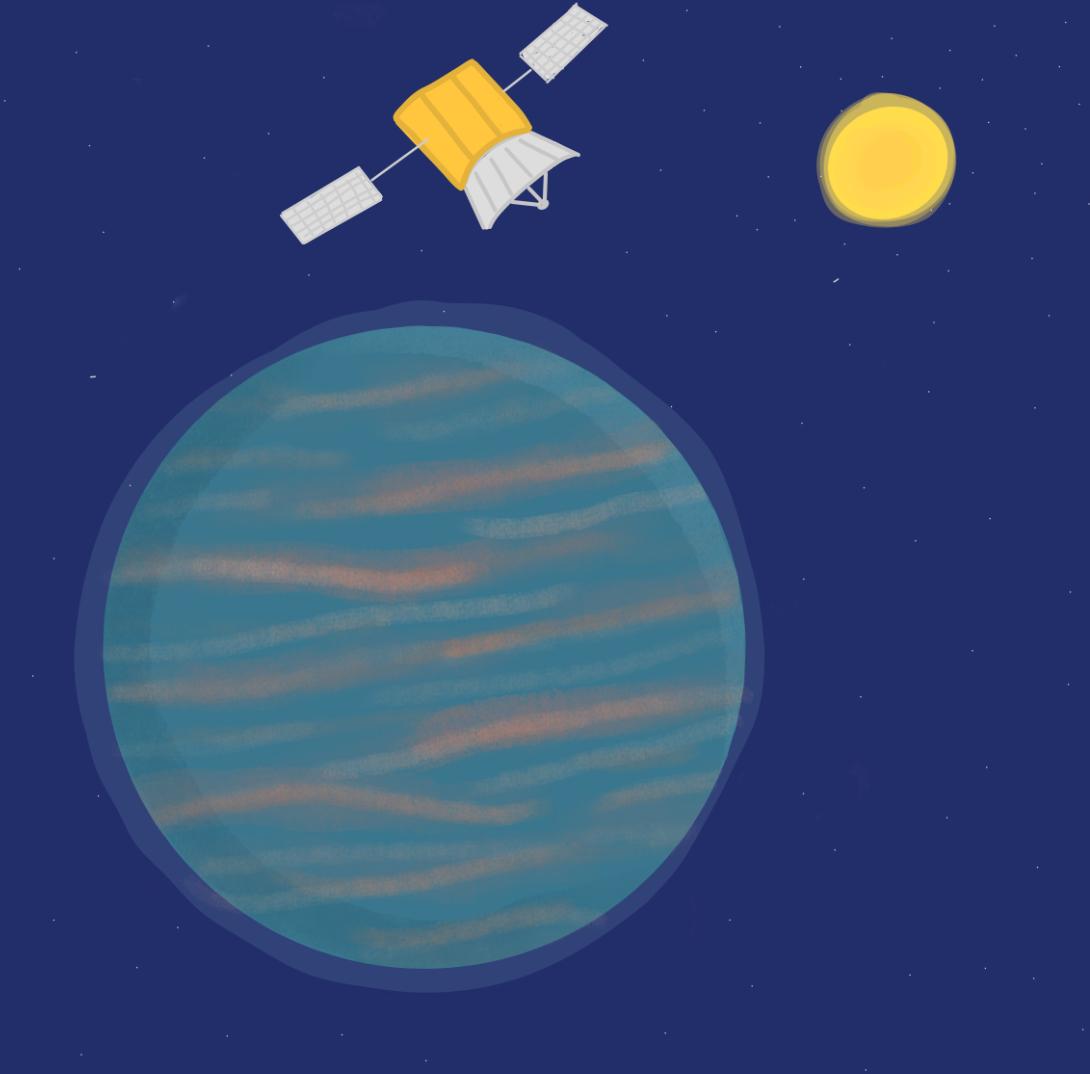The search for life outside of Earth consumes the imaginations of people all over the world. However, life as we know it can only exist in a small range of conditions, making the search for life closely connected to the search for habitable planets. While less than one hundred of these planets have been found, that number has just increased with the discovery of TOI-715 b, a planet that is relatively close to Earth by astronomical standards at 137 light years away.
At first glance, TOI-715 b does not seem habitable. One of the main ways planets are categorized is by temperature—Earth and other habitable planets are located in the aptly-named “Goldilocks zone,” which is “just right” to support liquid water without it boiling or freezing. TOI-715 orbits a small, cool red dwarf star which is less than half the size of our sun. Such a star would leave Earth frozen over–entirely impossible to live on. However, TOI-715 b is much closer to its star than we are to the sun. In fact, it is so close that one rotation, or one year, takes only 19.3 days. So, hopes are high that TOI-715 b could support life.
Not only is TOI-715 b within a perfect temperature range to support life, but it is also a great candidate for further research. It is close to Earth, easily within range of our space-borne telescopes like the TESS (Transiting Exoplanet Survey Satellite) which first spotted the planet. More than that, its short orbit means that it is relatively easy to observe, as it crosses the face of its star more frequently and is thus easier to study. NASA’s James Webb Space Telescope is the perfect instrument for further observing TOI-715 b, and has already been assigned the task.
So, what could the Webb Telescope see that would be promising for the newfound planet? The biggest question is whether it has an atmosphere, which is crucial to life for many reasons. An atmosphere would protect the planet from harmful radiation from its star, just as ours protects us from harmful ultraviolet radiation from the sun. It would also prevent drastic temperature differences between night and day, trapping heat like a greenhouse to create a sustained temperature. Finally, an atmosphere creates the pressure required to condense water and is just as important as a moderate temperature for liquid water to exist.
TOI-715 b could prove to be the first planet with stable bodies of liquid water needed to support life as we know it. But even if it doesn’t, satellites such as TESS (Transiting Exoplanet Survey Satellite) are continuously looking for evidence of other water worlds, and they are sure to find more in the years to come. Whether it is TOI-715 b or some other, still unknown, planet, the probability of finding a planet with liquid water is higher than ever—and the odds will continue to improve as our technology advances.





































































